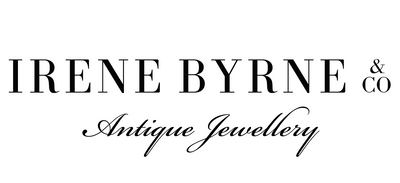Rhoda Wager was a prominent jewellery designer whose work and life reflect a deep commitment to artistry and craftsmanship. Born in 1875, in Mile End Old Town, London, she was one of five children in the Wager family. Growing up in Bristol, she pursued her passion for art at the local art school before furthering her studies in drawing and painting at the Glasgow School of Art from 1897 to 1903. Wager began showcasing her metalwork and jewellery as early as 1901 at the Glasgow Art Club and became a member of the Glasgow Society of Lady Artists.
In 1913, Wager relocated to her brother's sugar plantation in Fiji, eventually moving to Sydney in 1918, where she reignited her jewellery-making career. She married marine surveyor Percival George in 1920 and became an active participant in the Society of Arts and Crafts of New South Wales. Her work gained recognition through exhibitions in Melbourne and Brisbane, and she sold her creations at Farmer & Co. Ltd.
Wager's studio in Martin Place attracted clients from prestigious hotels, allowing her to expand her operations and employ assistants, including her niece, Dorothy Wager. Throughout her career, she relocated her studio several times, ultimately retiring in 1946. Known for her intricate, hand-wrought jewellery, her designs often featured Australian motifs such as gum leaves and incorporated precious stones like opals and yellow sapphires. Each piece was meticulously crafted and documented in her sketchbooks, with an impressive output of around 12,000 pieces.
As a generous and witty individual, Wager was a strong-willed businesswoman who played a significant role in the Australian jewellery landscape. She passed away in Brisbane on December 2, 1953, leaving behind a lasting legacy that remains closely tied to the English Arts and Crafts Movement.

